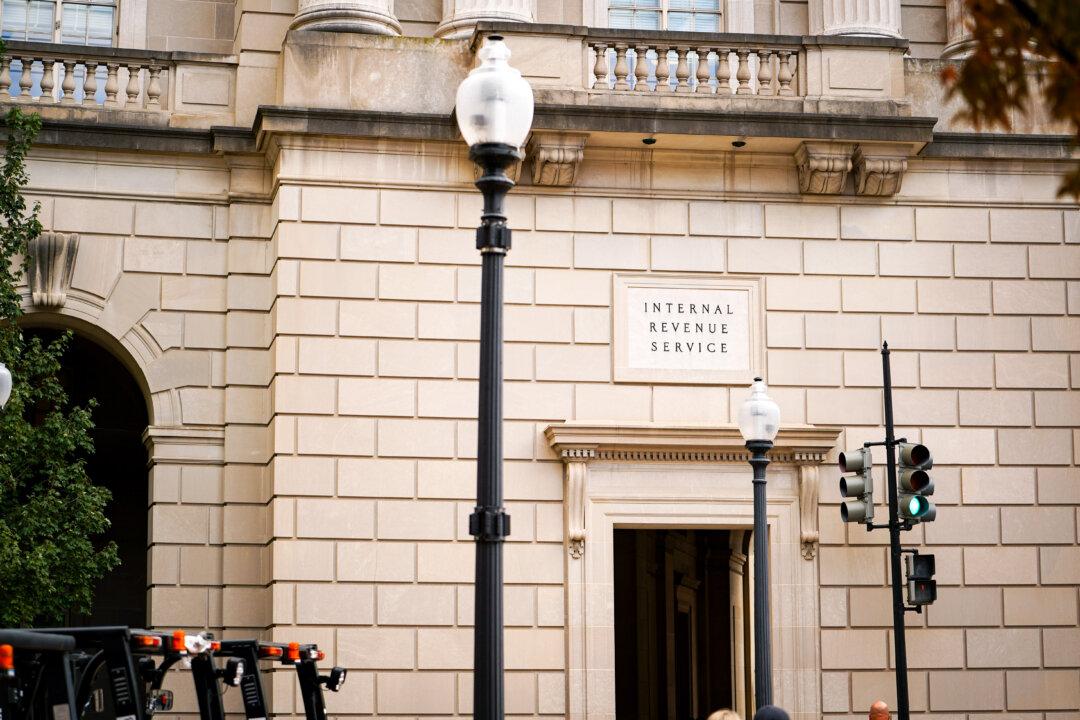The Internal Revenue Service (IRS) issued a tax guide on Thursday, listing out the various electronic payment options taxpayers can use when paying tax dues on time.
The deadline for filing and paying income taxes for the 2023 tax year is April 15, 2024. Any delay in filing taxes can attract penalties and interest. Taxpayers who find it difficult to file their returns on time can request a six-month extension before April 15. This will avoid penalties and interest charged, giving taxpayers time until Oct. 15 to file. However, taxpayers should pay what they owe by the April 15 deadline.





